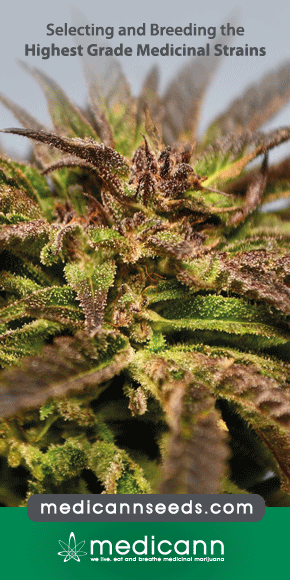Abstract
Marijuana (Cannabis sativa) has been used throughout the world medically, recreationally and spiritually for thousands of years. In South Africa, from the mid-19th century to the 1920s, practitioners prescribed it for a multitude of conditions. In 1928 it was classified as a Schedule I substance, illegal, and without medical value. Ironically, with this prohibition, cannabis became the most widely used illicit recreational drug, not only in South Africa, but worldwide. Cannabis is generally regarded as enjoyable and relaxing without the addictive risks of opioids or stimulants. In alternative medicine circles it has never lost its appeal.
To date 23 States in the USA have legalised its medical use despite the federal ban. Unfortunately, little about cannabis is not without controversy. Its main active ingredient, δ-9-tetrahydrocannabinol (THC), was not isolated until 1964, and it was not until the 1990s that the far-reaching modulatory activities of the endocannabinoid system in the human body was studied. This system’s elucidation raises the possibility of many promising pharmaceutical applications, even as restrictions show no sign of abating. Recreational use of cannabis continues to increase, despite growing evidence of its addictive potential, particularly in the young. Public approval drives medical cannabis legalisation efforts without the scientific data normally required to justify a new medication’s introduction. This review explores these controversies and whether cannabis is a panacea, a scourge, or both.
Source: Pubmed
- PMID: 26126326
- DOI: 10.1080/09674845.2015.11666802



